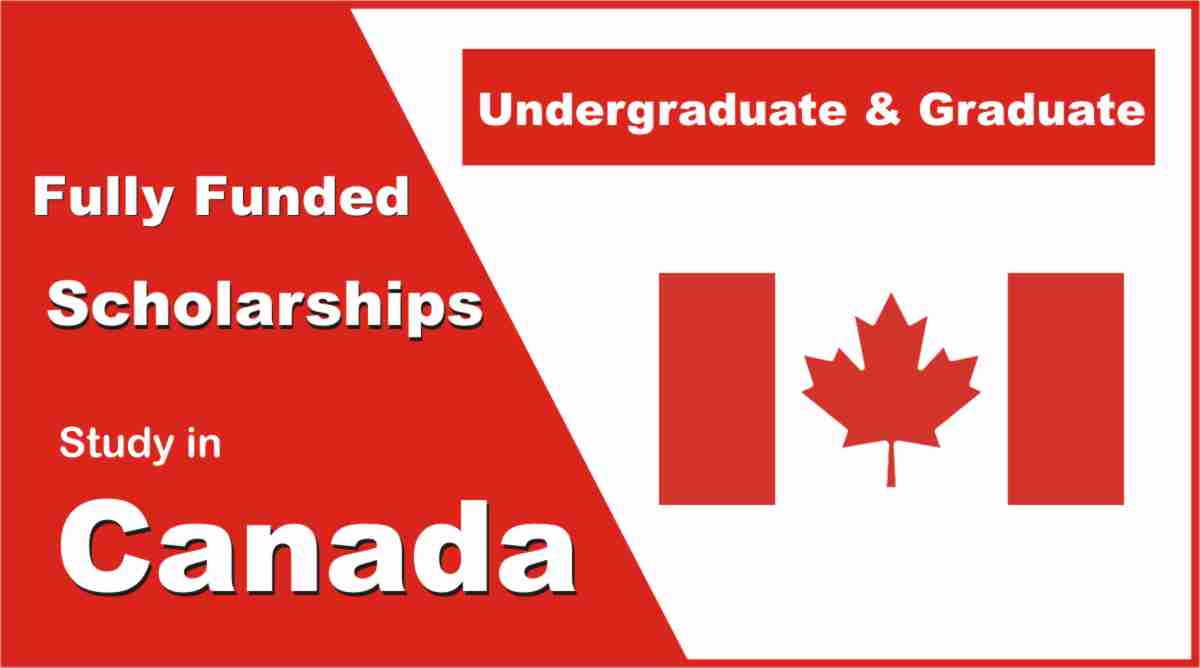The United States, with its world-renowned universities, diverse culture, and boundless opportunities, is a top destination for international students. From the iconic campuses of Harvard to the vibrant streets of New York City, studying in the USA offers a unique blend of academic rigor and transformative experiences. This detailed guide covers every aspect of pursuing higher education in the USA, tailored for international students. Whether you’re aiming for a degree from an Ivy League institution or seeking affordable study options, this article equips you with the insights to make your American study dream a reality.
Why Choose the USA for Your Studies?
The USA is home to over 4,000 higher education institutions, including global leaders like Stanford, MIT, and Yale. Its education system is celebrated for flexibility, innovation, and career-focused opportunities. Here’s why studying in the USA stands out:
-
Globally Recognized Degrees: US degrees are highly valued by employers worldwide.
-
Flexible Education System: Choose from a wide range of majors and customize your curriculum.
-
Cultural Diversity: With students from every corner of the globe, the USA is a melting pot of cultures.
-
Research and Innovation: The USA leads in cutting-edge research, offering access to state-of-the-art facilities.
-
Career Opportunities: Optional Practical Training (OPT) allows you to work in the USA for up to three years post-graduation in STEM fields.
 Image: A bustling US university campus, welcoming international students.
Image: A bustling US university campus, welcoming international students.
Watch: Why Study in the USA?
This video highlights the benefits of studying in the USA, featuring real student experiences.
Understanding the US Education System
The US education system is known for its flexibility and emphasis on holistic development. Here’s an overview of key academic levels for international students:
-
Undergraduate Degrees: Typically four years, offering bachelor’s degrees like BA, BS, or BFA. Students explore general education before specializing.
-
Graduate Degrees: Master’s programs (MA, MS, MBA) last one to two years, while PhDs take three to seven years.
-
Associate Degrees: Two-year programs at community colleges, often a pathway to a bachelor’s degree.
-
English Language Programs: Intensive English programs for non-native speakers to meet admission requirements.
The academic year runs from August/September to May, with some programs offering January or summer intakes. Assessments include exams, projects, presentations, and participation, fostering critical thinking.
Choosing the Right University and Program
With thousands of institutions, selecting the right university requires careful planning. Consider these factors:
-
Academic Reputation: Check rankings like U.S. News & World Report or QS World University Rankings. Top universities include Harvard, Stanford, and MIT.
-
Program Fit: Ensure the major aligns with your career goals. US programs allow flexibility to explore multiple disciplines.
-
Location: Urban centers like Boston offer excitement, while smaller towns like Ann Arbor provide a tight-knit community.
-
Support Services: Look for universities with international student offices, career centers, and mental health resources.
-
Cost: Tuition fees range from $20,000 to $70,000 per year, with public universities often more affordable than private ones.
Top Universities for International Students
-
Harvard University: Renowned for its academic prestige and diverse programs.
-
Stanford University: A leader in technology, entrepreneurship, and innovation.
-
Massachusetts Institute of Technology (MIT): Excels in STEM and research.
-
University of California, Berkeley: Offers top-tier academics and a vibrant campus culture.
-
Columbia University: Known for its global outlook and New York City location.
![]() Image: The iconic Harvard Yard, a symbol of academic excellence.
Image: The iconic Harvard Yard, a symbol of academic excellence.
Watch: A Tour of Top US Universities
This video showcases the campuses and facilities of leading US universities.
Application Process for International Students
Applying to US universities varies by institution, with most using platforms like the Common Application or Coalition Application for undergraduates and direct applications for graduate programs. Here’s a step-by-step guide:
-
Research and Shortlist: Select 8–12 universities based on your academic and career goals.
-
Check Entry Requirements: These include high school transcripts, standardized tests (SAT/ACT for undergraduates, GRE/GMAT for graduates), English proficiency tests (TOEFL, IELTS), and recommendation letters.
-
Prepare Your Application:
-
Common App: Submit by early November for Early Decision/Action or January for Regular Decision.
-
Personal Essay: A 650-word essay showcasing your personality and aspirations.
-
Recommendation Letters: Typically 2–3 from teachers or counselors.
-
-
Submit and Track: Use university portals or Common App to monitor your application.
-
Interviews and Decisions: Some universities offer optional interviews. Decisions arrive by March/April.
English Language Requirements
Most universities require a TOEFL score of 80–100 (iBT) or IELTS score of 6.5–7.5. Some offer English bridge programs for students who need improvement.
Visa Requirements for International Students
To study in the USA, you’ll need an F-1 Student Visa. Here’s what you need to know:
-
Eligibility:
-
Acceptance at a SEVP-approved institution (Form I-20).
-
Proof of sufficient funds to cover tuition and living expenses.
-
English proficiency or enrollment in an English program.
-
-
Application Process:
-
Pay the SEVIS fee ($350) and visa application fee ($185).
-
Complete the DS-160 form online.
-
Schedule and attend a visa interview at a US embassy or consulate.
-
-
Processing Time: Varies from 2 weeks to 3 months, so apply early.
-
Work Rights: On-campus work is allowed up to 20 hours per week. Off-campus work requires approval via Optional Practical Training (OPT) or Curricular Practical Training (CPT).
For detailed guidance, visit the US government’s visa portal: www.studyinthestates.dhs.gov.
Funding Your Studies: Tuition Fees and Scholarships
Studying in the USA can be costly, but scholarships, financial aid, and budgeting make it achievable. Here’s a breakdown:
Tuition Fees
-
Undergraduate: $20,000–$70,000/year, with public universities cheaper than private ones.
-
Graduate: $20,000–$80,000/year, with professional programs like MBAs or law at the higher end.
-
Living Costs: $10,000–$20,000/year, higher in cities like New York or San Francisco.
Scholarships and Funding Options
-
Fulbright Program: Offers grants for graduate study and research for international students.
-
University Scholarships: Merit-based or need-based awards, e.g., Harvard Financial Aid or Stanford Knight-Hennessy Scholars.
-
Country-Specific Scholarships: Check for government or institutional funding from your home country.
-
Private Organizations: Groups like the Rotary Foundation or Aga Khan Foundation offer scholarships.
-
Federal Student Aid: Available for US citizens and some eligible non-citizens, not typically for international students.
Tips to Save Money
-
Apply for scholarships early and widely.
-
Consider public universities or community colleges for lower tuition.
-
Share accommodation or live in university dorms.
-
Use student discounts for transport, entertainment, and software.

Image: An international student applying for a US scholarship.
Watch: Funding Your US Education
This video explores scholarships and financial aid for international students.
Life as an International Student in the USA
Studying in the USA is a cultural and personal adventure. Here’s what to expect:
-
Accommodation: On-campus dorms ($8,000–$15,000/year) foster community, while off-campus apartments ($500–$2,000/month) offer independence.
-
Culture and Lifestyle: Embrace American traditions like Thanksgiving, college football, and music festivals. Cities like Los Angeles and Chicago host diverse events.
-
Healthcare: Universities require health insurance, costing $1,000–$3,000/year. Campus clinics provide basic care.
-
Transport: Public transport varies by city. In car-dependent areas, students rely on campus shuttles or bikes. A driver’s license may be useful.
-
Social Life: Join student organizations, from cultural clubs to academic societies, to make friends and integrate.
A Student’s Story: Maria from Brazil
Maria, a biology major at UC Berkeley, shares: “Moving to the USA was overwhelming, but the international student orientation made me feel at home. I joined the Latinx Student Association, hiked in Yosemite, and even tried my first burger! The academic flexibility here lets me explore my passions.”
Career Opportunities and Post-Study Work
The USA offers robust career support, with universities providing job fairs, resume workshops, and internships. Optional Practical Training (OPT) allows you to work in your field for one year post-graduation, extendable to three years for STEM graduates.
Job Prospects
-
Popular Sectors: Technology, finance, healthcare, and engineering are in demand.
-
Internships: Many programs include co-ops or internships, boosting employability.
-
Networking: Attend career fairs and use Handshake or LinkedIn to connect with employers.
Tips for Success
-
Tailor your resume to US standards (1 page, concise).
-
Prepare for interviews with mock sessions at your university’s career center.
-
Explore H-1B visa options for long-term employment.
Challenges and How to Overcome Them
Studying abroad comes with challenges, but preparation can ease the transition:
-
Homesickness: Stay connected with family via video calls and join student groups to build a community.
-
Academic Pressure: US courses emphasize participation and critical thinking. Use tutoring services and study groups.
-
Cost of Living: Budget carefully and explore on-campus jobs (up to 20 hours/week).
-
Cultural Adjustment: Attend orientation programs and embrace American culture with an open mind.
Frequently Asked Questions (FAQs)
-
How much does it cost to study in the USA as an international student?
Tuition fees range from $20,000 to $70,000 per year, depending on the university. Living costs are $10,000–$20,000 annually, higher in major cities. Scholarships and jobs help offset expenses. -
What are the English language requirements for US universities?
Most require a TOEFL score of 80–100 (iBT) or IELTS score of 6.5–7.5. English bridge programs are available for those needing improvement. -
Can international students work while studying in the USA?
Yes, you can work on-campus up to 20 hours per week. Off-campus work requires OPT or CPT approval. -
What is Optional Practical Training (OPT), and who is eligible?
OPT allows you to work in your field for one year post-graduation (three years for STEM). You need to complete a degree and apply within 60 days of graduation. -
How do I apply for scholarships in the USA?
Research university websites, Fulbright, or country-specific scholarships. Submit strong academic records and tailored applications early. -
What types of accommodation are available for international students?
Options include on-campus dorms ($8,000–$15,000/year) and off-campus apartments ($500–$2,000/month). Dorms are ideal for first-year students. -
How do I access healthcare in the USA?
Universities require health insurance ($1,000–$3,000/year). Campus clinics offer basic care, and insurance covers additional services. -
What is the application deadline for US universities?
Early Decision/Action deadlines are November, while Regular Decision is typically January. Check university websites for specific dates. -
Can I bring my family to the USA while studying?
Yes, on an F-2 visa for dependants, but they cannot work. You must prove sufficient funds to support them. -
How do I choose the right US city to study in?
Consider lifestyle, cost, and university offerings. Cities like Boston are academic hubs, while smaller towns like Ithaca offer affordability and community.
Start Your US Study Journey Today!
Studying in the USA is an investment in your future, offering unparalleled education, cultural experiences, and career prospects. Don’t wait—begin your journey now:
-
Explore Universities: Visit www.commonapp.org to research programs and apply.
-
Check Visa Requirements: Head to www.studyinthestates.dhs.gov for guidance.
-
Apply for Scholarships: Discover funding at www.educationusa.state.gov.
Your American adventure awaits—take the first step and unlock a world of possibilities!










